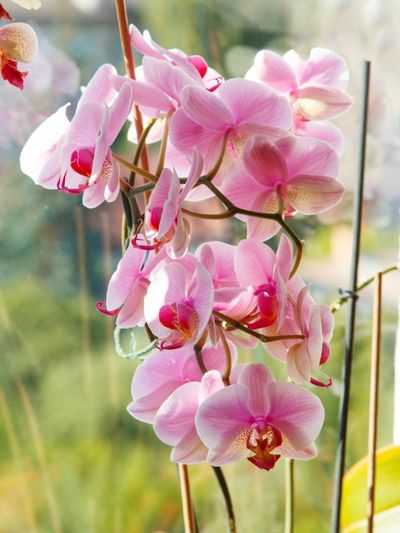Orchid Light Conditions
Though some types of orchid are more difficult to grow than others, many of these plants are highly adaptable to a wide range of indoor growing conditions. Upon purchasing an orchid or receiving one as a gift, researching that species of orchid light requirements is essential. The overall health of the orchid and light are directly related. Orchid plants should always be situated within the home with available light sources in mind. This includes the proximity to windows, as well as the use of supplemental light like plant grow lights. Most orchids are classified into one of three light categories: high, medium, or low light.
How Much Light is Enough
High light orchids are usually best situated near east or south facing windows, where they will receive at least six hours of sunlight each day. Still, to avoid issues like leaf burn, medium and low light orchids may need more indirect access to lighting. Proper exposure to light when growing orchids is among the most important factors in determining whether or not the plant will rebloom.
What the Orchid Wants
When growing an orchid, the best lighting can often be measured by how the plants respond to their environment. Gardeners can determine if orchid light needs are being met by carefully observing the color of the plant’s leaves. Unlike many other house plants, orchid leaves should be light to medium green in color. Orchids with very dark green leaves are likely not receiving enough light and, as a result, may not bloom. Very light leaves with prominent yellow coloration, the result of too much light, may also be problematic. Though maintaining growth conditions for the orchid and light needs may require quite a bit of trial and error, but doing so is likely to reward growers with spectacular floral displays.
